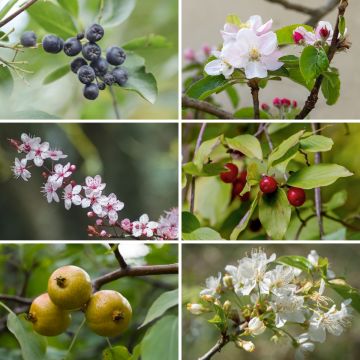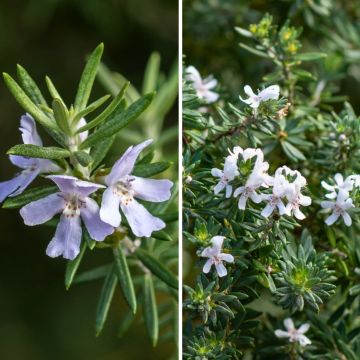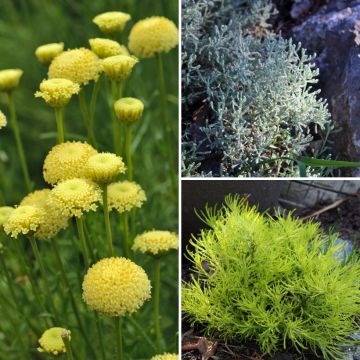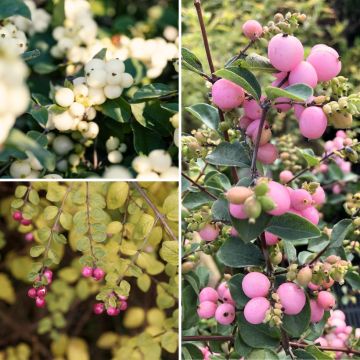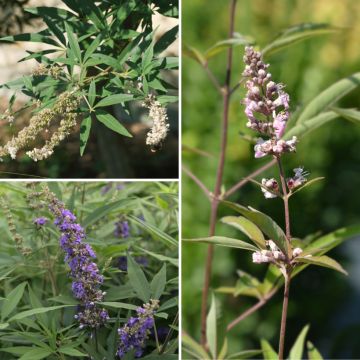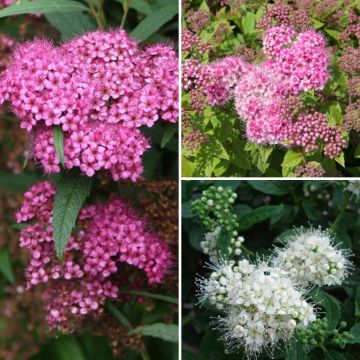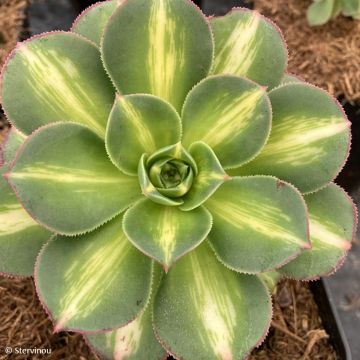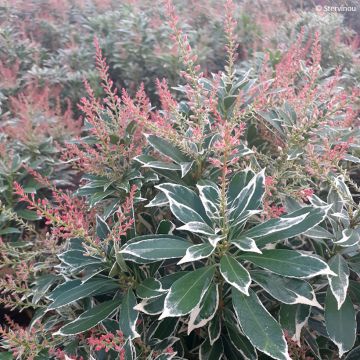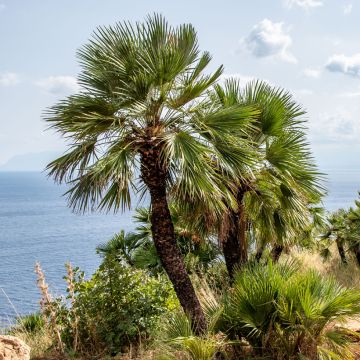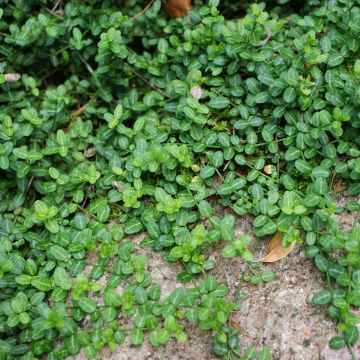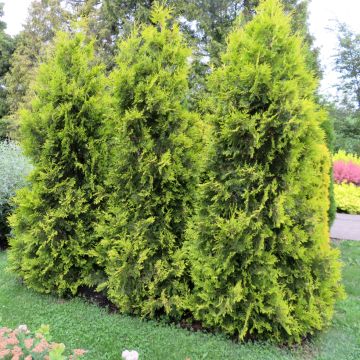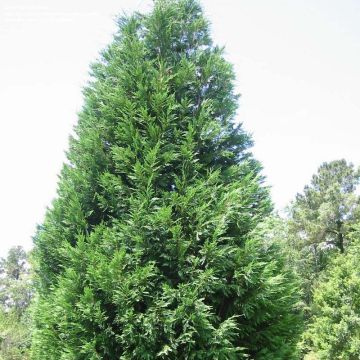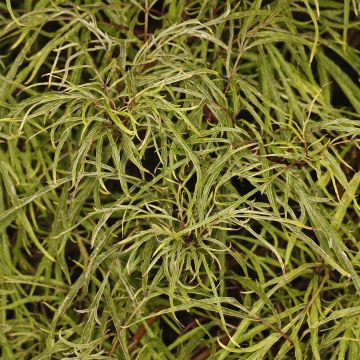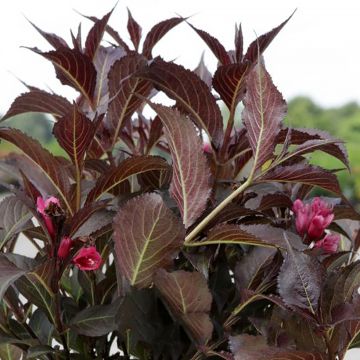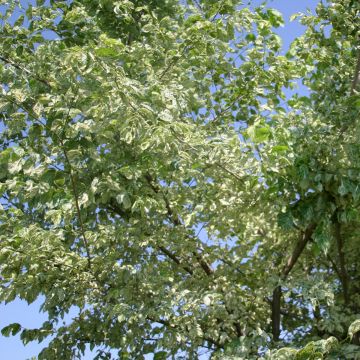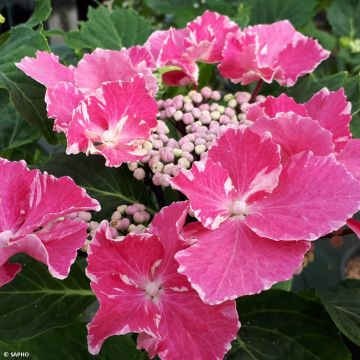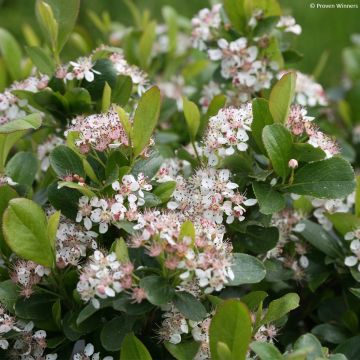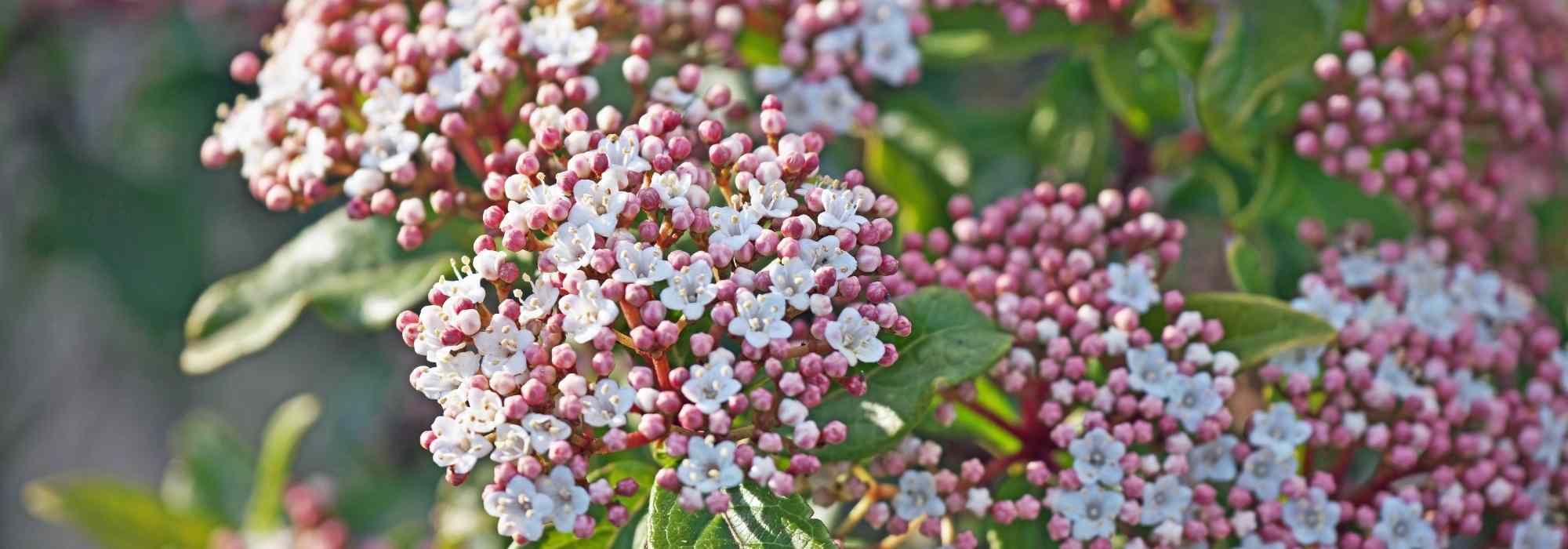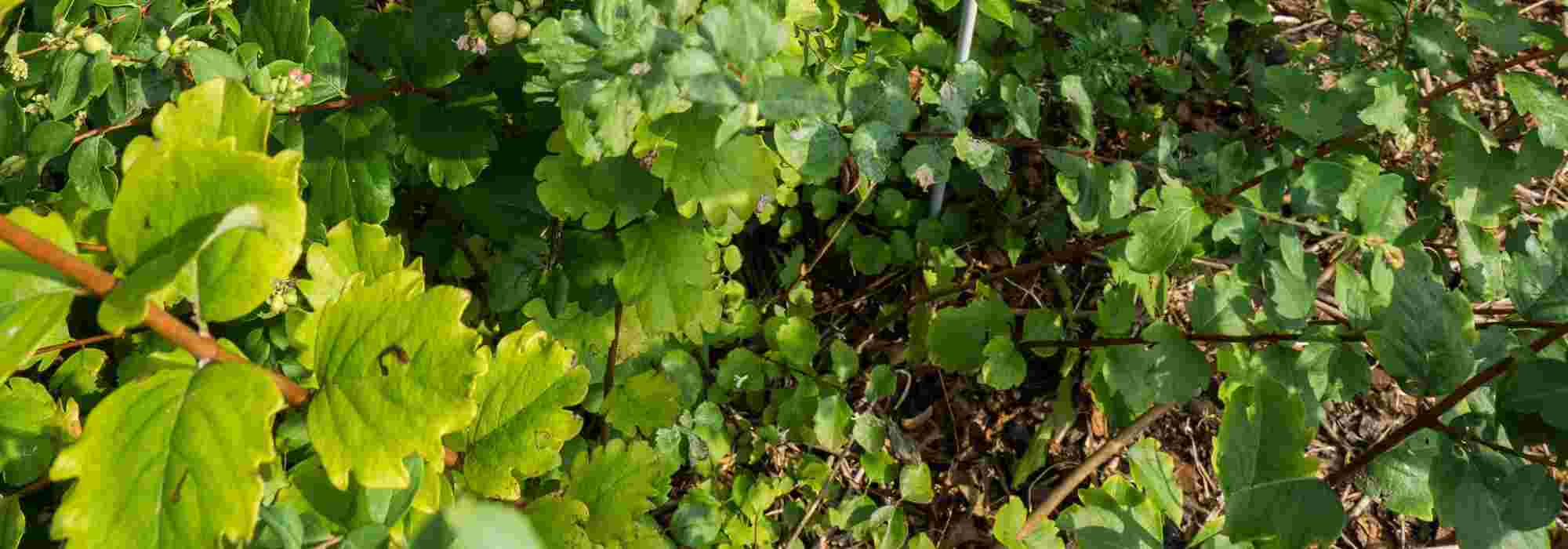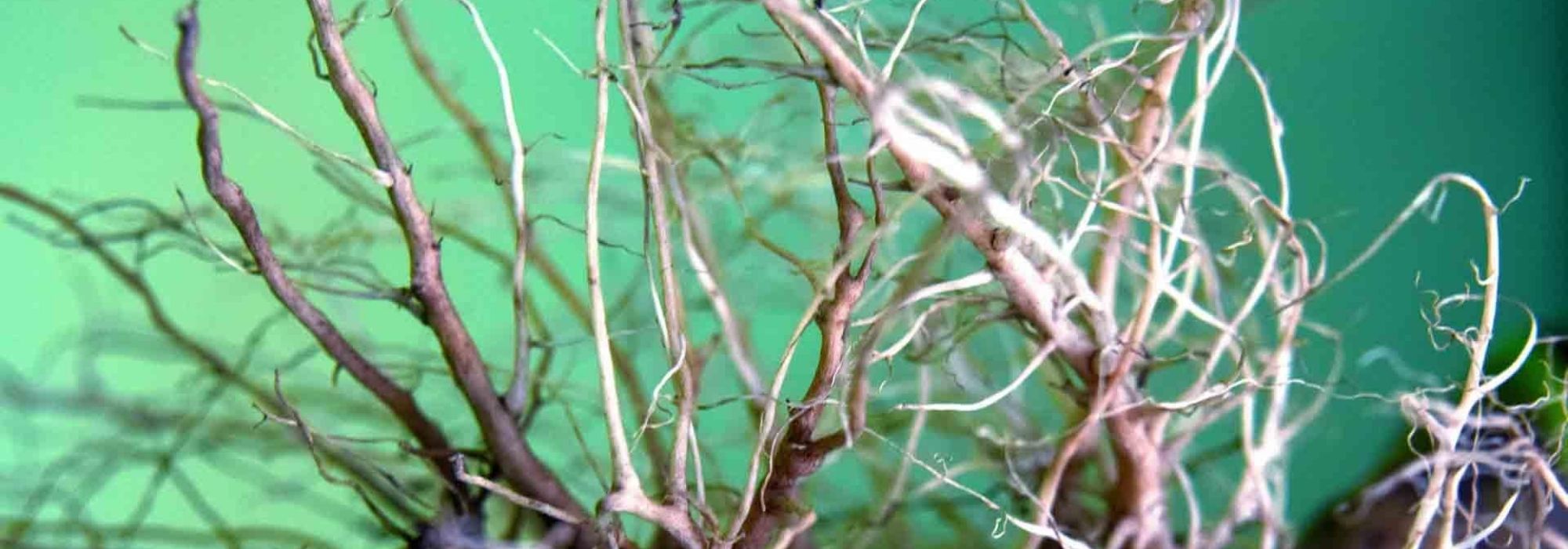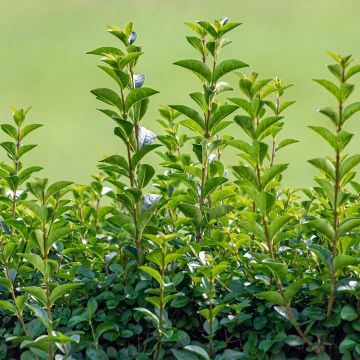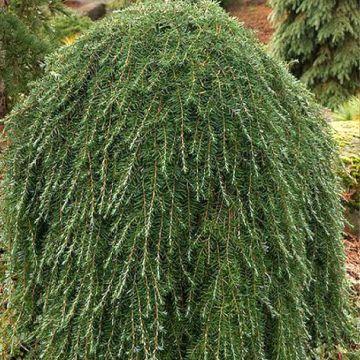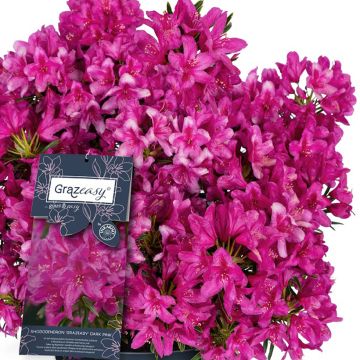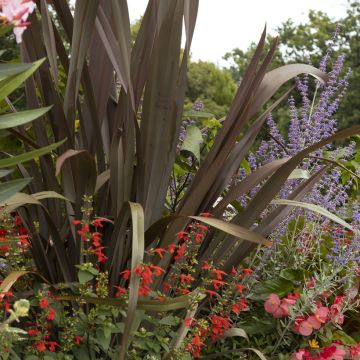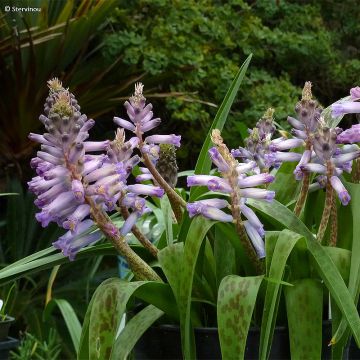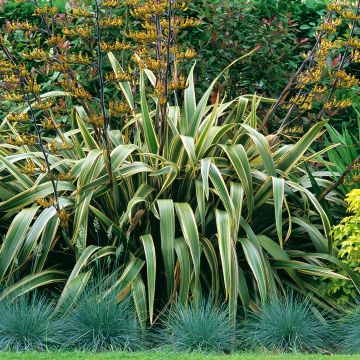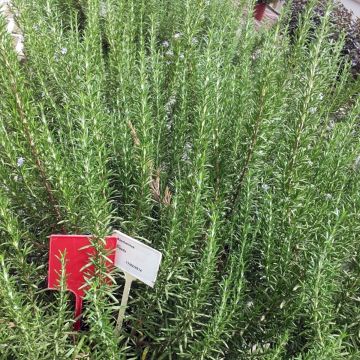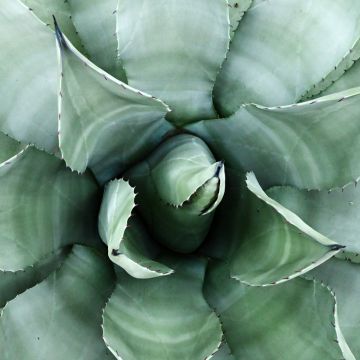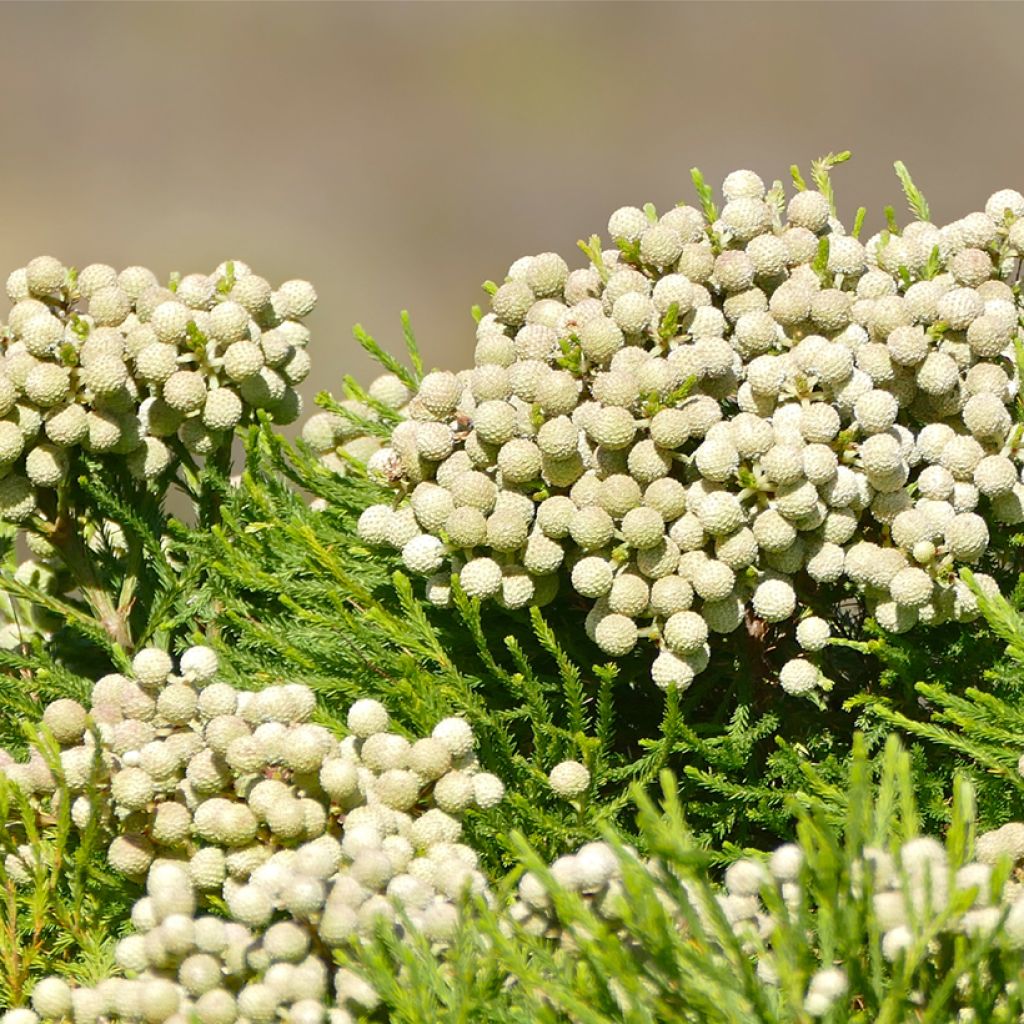

Berzelia lanuginosa - Buttonbush
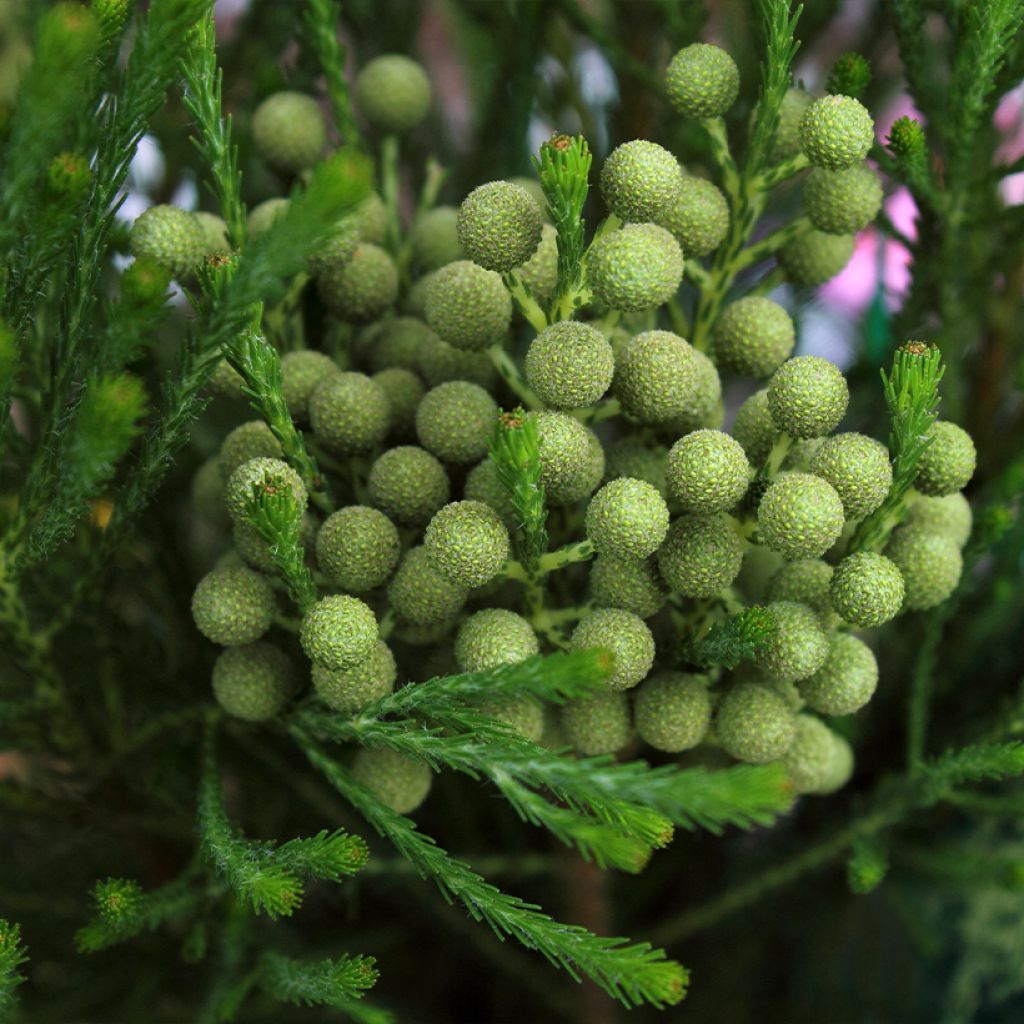

Berzelia lanuginosa - Buttonbush
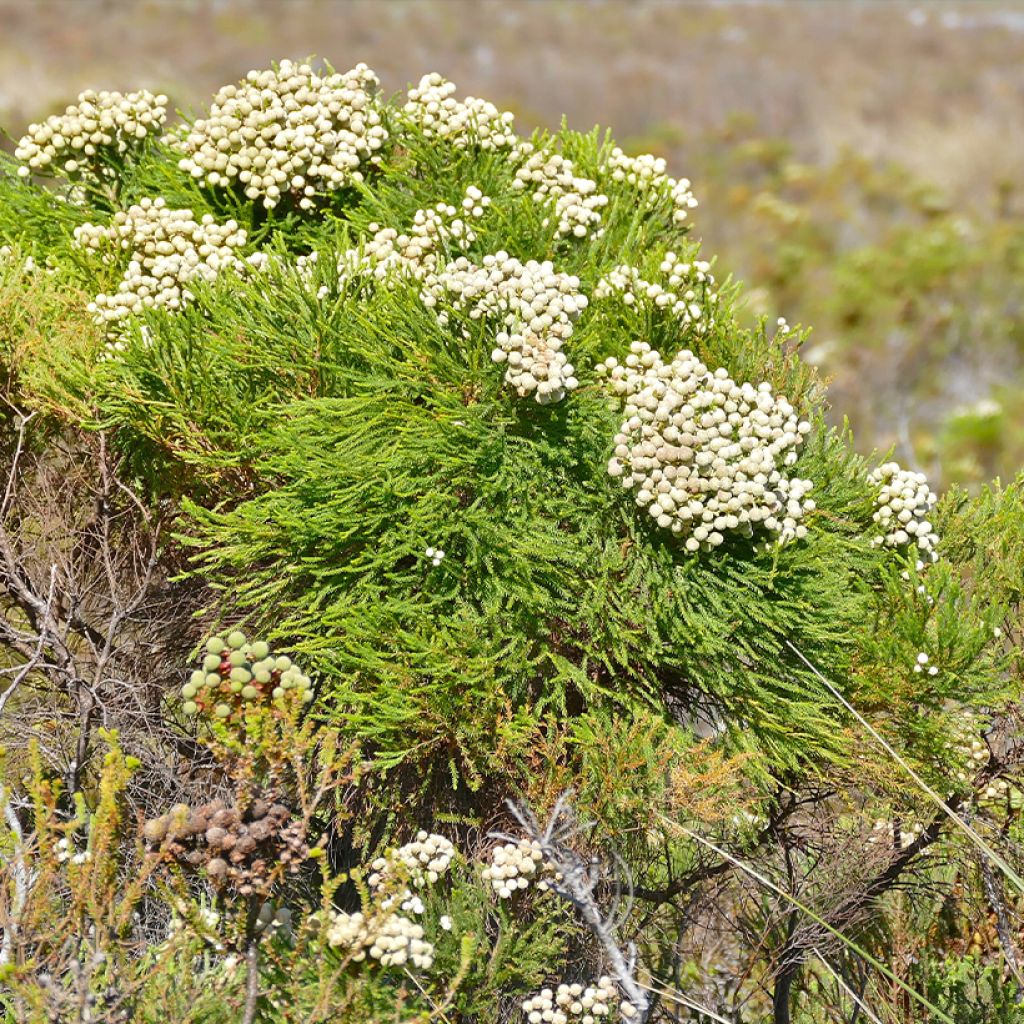

Berzelia lanuginosa - Buttonbush
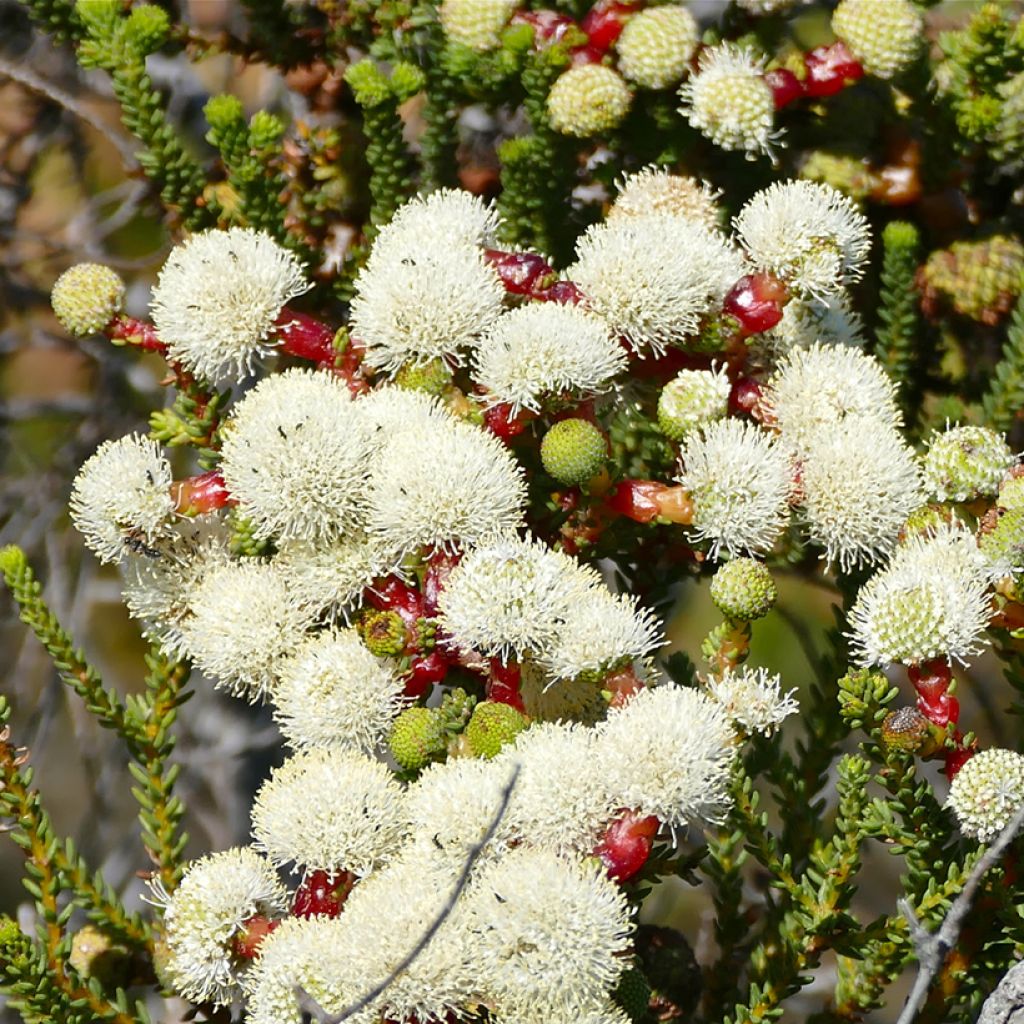

Berzelia lanuginosa - Buttonbush
Berzelia lanuginosa
Berzelia lanuginosa
Button Bush
Special offer!
Receive a €20 voucher for any order over €90 (excluding delivery costs, credit notes, and plastic-free options)!
1- Add your favorite plants to your cart.
2- Once you have reached €90, confirm your order (you can even choose the delivery date!).
3- As soon as your order is shipped, you will receive an email containing your voucher code, valid for 3 months (90 days).
Your voucher is unique and can only be used once, for any order with a minimum value of €20, excluding delivery costs.
Can be combined with other current offers, non-divisible and non-refundable.
Why not try an alternative variety in stock?
View all →This plant carries a 24 months recovery warranty
More information
We guarantee the quality of our plants for a full growing cycle, and will replace at our expense any plant that fails to recover under normal climatic and planting conditions.
Does this plant fit my garden?
Set up your Plantfit profile →
Description
Berzelia lanuginosa, nicknamed "Buttonbush", is a rare South African bush that should appeal to collectors, exotic enthusiasts, and the curious. With a spreading, evergreen habit, it has attractive light green needle-like foliage with an interesting texture. From spring to the end of summer, its vegetation is hidden under a mass of fluffy yellow to cream-white pompom flowers gathered in bunches. In South Africa, these magnificent inflorescences are used in floristry. This Berzelia grows in poor and moist soils. It can be grown in a coastal garden or in a pot.
Berzelia lanuginosa is a shrub plant of the Bruniaceae family. The genus Berzelia has 12 species of shrubs almost exclusively confined to the Cape region in South Africa. They are plants of the fynbos, a specific vegetation formation in this Mediterranean climate region, wet in winter and dry in summer, regularly subjected to fires. This Berzelia lanuginosa grows naturally on non-chalky sandy soils which are always moist.
The Berzelia intermedia displays a naturally spreading habit, both upright and sprawling. While the shrub can reach 2m (6ft 7in) in its native lands, it will not exceed 1.50m (4ft 11in) in height in our latitudes. The stems bear short needle-shaped leaves, arranged in whorls. Flowering occurs from June to September, depending on the climate. At the end of the branches, large inflorescences appear composed of a multitude of tiny flowers with very short petals that release prominent stamens. The colour of this flowering evolves from yellow to cream-white. In nature, many pollinating insects visit the flowers of this bush. The seed-filled fruits dry over time and can persist for a long time on the branches, sometimes until the death of the shrub. The seeds are only released under certain conditions, for example after a fire. Berzelias are shrubs linked to fire ecology: they are capable of regrowing from the stump after fires, or after a frost that destroys the vegetation if the stump is protected.
With its heather-like appearance covered with cream pompoms, the Berzelia lanuginosa is a very structural, exotic plant. In favourable climates, it can be planted near a pond, in sandy or peaty soil. It also fits into a shrub bed composed of southern plants: Leptospermum, Melaleuca, and Callistemons will be good companions. It can acclimate in sheltered coastal gardens without heavy frosts, in light non-chalky soil. Particularly suitable for mild oceanic climates, it is quite easy to grow in pots. It should always be planted in an open position, in full sun.
Report an error about the product description
Berzelia lanuginosa in pictures
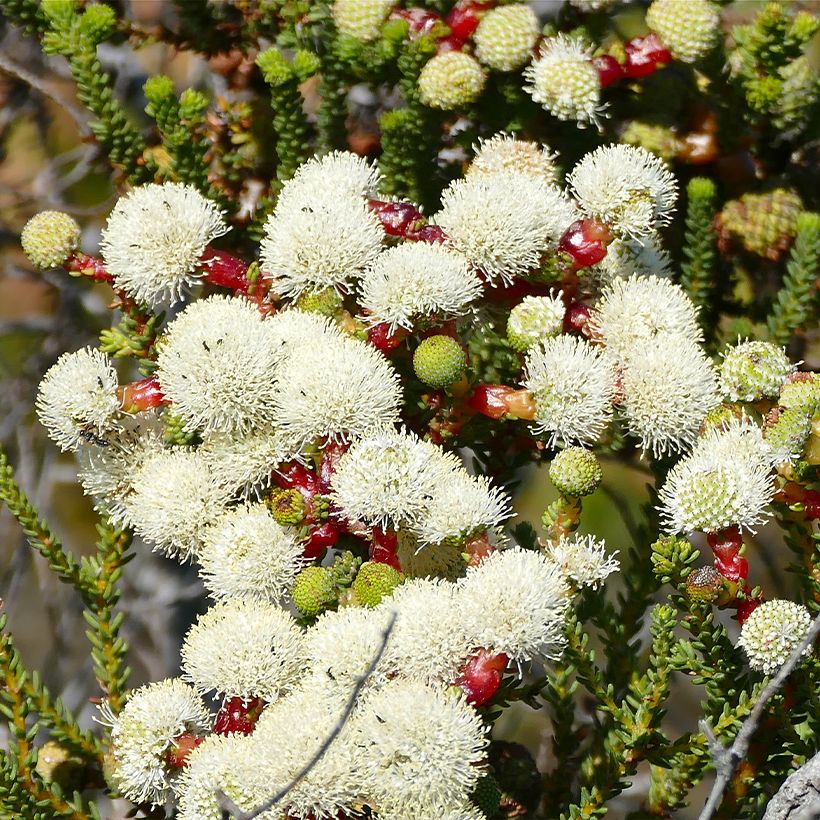

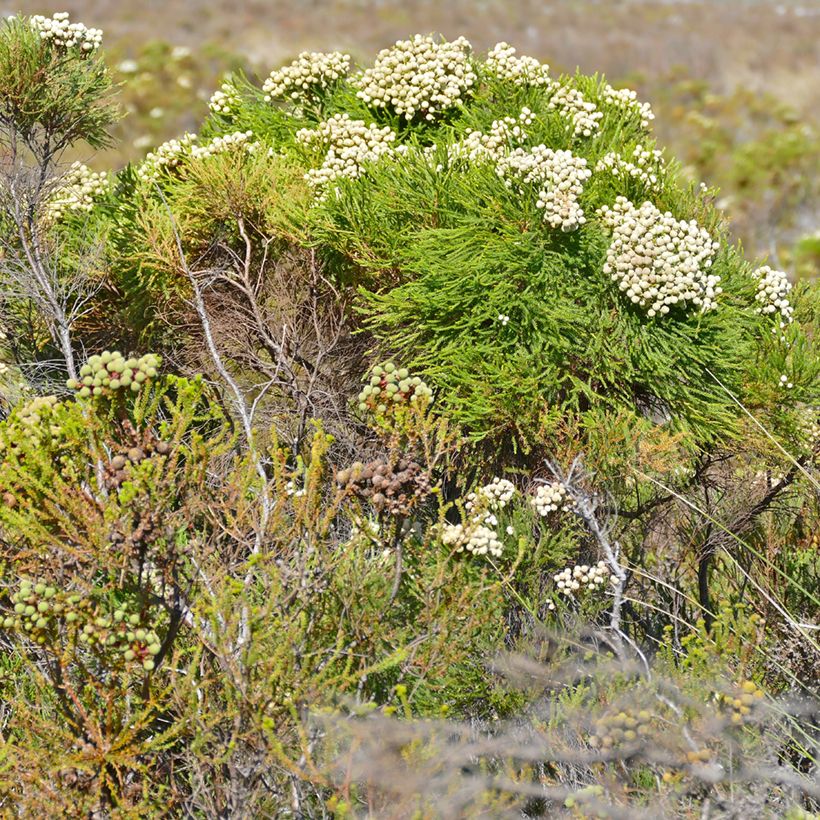

Plant habit
Flowering
Foliage
Botanical data
Berzelia
lanuginosa
Bruniaceae
Button Bush
South Africa
Other Shrubs A to Z
View all →Planting and care
In open ground, in a very mild climate:
Plant Berzelia lanuginosa in spring, in a very sunny location, sheltered from cold winds. This plant requires soil that is not too rich, sandy or peaty, remaining moist. A mixture of leaf compost, a little ericaceous soil, and coarse river sand is best. Avoid chalky soils.
South African fynbos shrubs, such as proteaceae, are sensitive to excess phosphates and nitrates, so avoid giving too much fertilizer, or don't feed at all. A small amount applied at the base of the plant in spring is generally sufficient. While adult plants can tolerate (according to certain sources) occasional frosts of around -5°C (23°F), young plants should be protected from frost during their first years, either in a frost-free area or under fleece in regions with mild winters.
For container cultivation, it is important to keep the substrate slightly, but not excessively, moist. Use a very well-draining mixture composed of leaf compost, a little ericaceous soil or crushed pine bark, and coarse river sand or gravel. Berzelia can be pruned after flowering: this allows it to maintain a compact habit and it may bloom again later in the season depending on the climate.
Planting period
Intended location
Care
Planting & care advice
This item has not been reviewed yet - be the first to leave a review about it.
Similar products
Haven't found what you were looking for?
Hardiness is the lowest winter temperature a plant can endure without suffering serious damage or even dying. However, hardiness is affected by location (a sheltered area, such as a patio), protection (winter cover) and soil type (hardiness is improved by well-drained soil).

Photo Sharing Terms & Conditions
In order to encourage gardeners to interact and share their experiences, Promesse de fleurs offers various media enabling content to be uploaded onto its Site - in particular via the ‘Photo sharing’ module.
The User agrees to refrain from:
- Posting any content that is illegal, prejudicial, insulting, racist, inciteful to hatred, revisionist, contrary to public decency, that infringes on privacy or on the privacy rights of third parties, in particular the publicity rights of persons and goods, intellectual property rights, or the right to privacy.
- Submitting content on behalf of a third party;
- Impersonate the identity of a third party and/or publish any personal information about a third party;
In general, the User undertakes to refrain from any unethical behaviour.
All Content (in particular text, comments, files, images, photos, videos, creative works, etc.), which may be subject to property or intellectual property rights, image or other private rights, shall remain the property of the User, subject to the limited rights granted by the terms of the licence granted by Promesse de fleurs as stated below. Users are at liberty to publish or not to publish such Content on the Site, notably via the ‘Photo Sharing’ facility, and accept that this Content shall be made public and freely accessible, notably on the Internet.
Users further acknowledge, undertake to have ,and guarantee that they hold all necessary rights and permissions to publish such material on the Site, in particular with regard to the legislation in force pertaining to any privacy, property, intellectual property, image, or contractual rights, or rights of any other nature. By publishing such Content on the Site, Users acknowledge accepting full liability as publishers of the Content within the meaning of the law, and grant Promesse de fleurs, free of charge, an inclusive, worldwide licence for the said Content for the entire duration of its publication, including all reproduction, representation, up/downloading, displaying, performing, transmission, and storage rights.
Users also grant permission for their name to be linked to the Content and accept that this link may not always be made available.
By engaging in posting material, Users consent to their Content becoming automatically accessible on the Internet, in particular on other sites and/or blogs and/or web pages of the Promesse de fleurs site, including in particular social pages and the Promesse de fleurs catalogue.
Users may secure the removal of entrusted content free of charge by issuing a simple request via our contact form.
The flowering period indicated on our website applies to countries and regions located in USDA zone 8 (France, the United Kingdom, Ireland, the Netherlands, etc.)
It will vary according to where you live:
- In zones 9 to 10 (Italy, Spain, Greece, etc.), flowering will occur about 2 to 4 weeks earlier.
- In zones 6 to 7 (Germany, Poland, Slovenia, and lower mountainous regions), flowering will be delayed by 2 to 3 weeks.
- In zone 5 (Central Europe, Scandinavia), blooming will be delayed by 3 to 5 weeks.
In temperate climates, pruning of spring-flowering shrubs (forsythia, spireas, etc.) should be done just after flowering.
Pruning of summer-flowering shrubs (Indian Lilac, Perovskia, etc.) can be done in winter or spring.
In cold regions as well as with frost-sensitive plants, avoid pruning too early when severe frosts may still occur.
The planting period indicated on our website applies to countries and regions located in USDA zone 8 (France, United Kingdom, Ireland, Netherlands).
It will vary according to where you live:
- In Mediterranean zones (Marseille, Madrid, Milan, etc.), autumn and winter are the best planting periods.
- In continental zones (Strasbourg, Munich, Vienna, etc.), delay planting by 2 to 3 weeks in spring and bring it forward by 2 to 4 weeks in autumn.
- In mountainous regions (the Alps, Pyrenees, Carpathians, etc.), it is best to plant in late spring (May-June) or late summer (August-September).
The harvesting period indicated on our website applies to countries and regions in USDA zone 8 (France, England, Ireland, the Netherlands).
In colder areas (Scandinavia, Poland, Austria...) fruit and vegetable harvests are likely to be delayed by 3-4 weeks.
In warmer areas (Italy, Spain, Greece, etc.), harvesting will probably take place earlier, depending on weather conditions.
The sowing periods indicated on our website apply to countries and regions within USDA Zone 8 (France, UK, Ireland, Netherlands).
In colder areas (Scandinavia, Poland, Austria...), delay any outdoor sowing by 3-4 weeks, or sow under glass.
In warmer climes (Italy, Spain, Greece, etc.), bring outdoor sowing forward by a few weeks.































